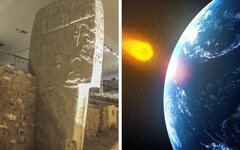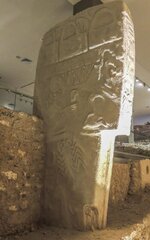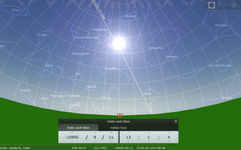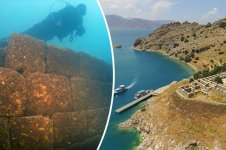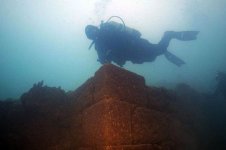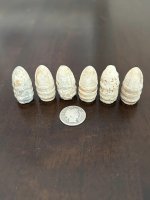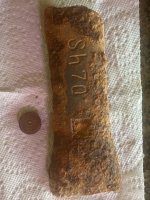Albertaclipper
Full Member
Great Video! Thanks for posting that! People sure are cruel when it comes to dealing with reputations, no matter the cost for that matter. We think world is small now, it seems to have been smaller back when the Vikings were going for boat rides lol.Another very interesting one - maybe the Vikings made it to Minnesota much earlier than Erik the Viking, though the stone bears the date of 1362. There's a lot of information besides just the stone in this video. And it tells the tale of heartbreak for the finder's family. And we still trust the integrity of the "Deep State" of archeology?
1362: The Kensington Enigma
people are


